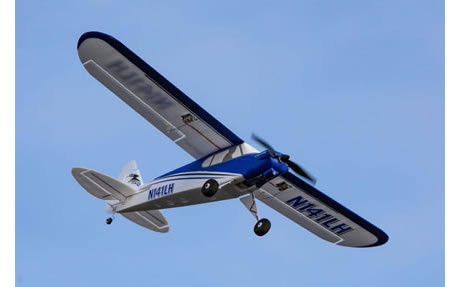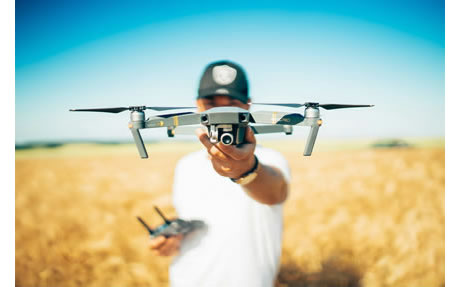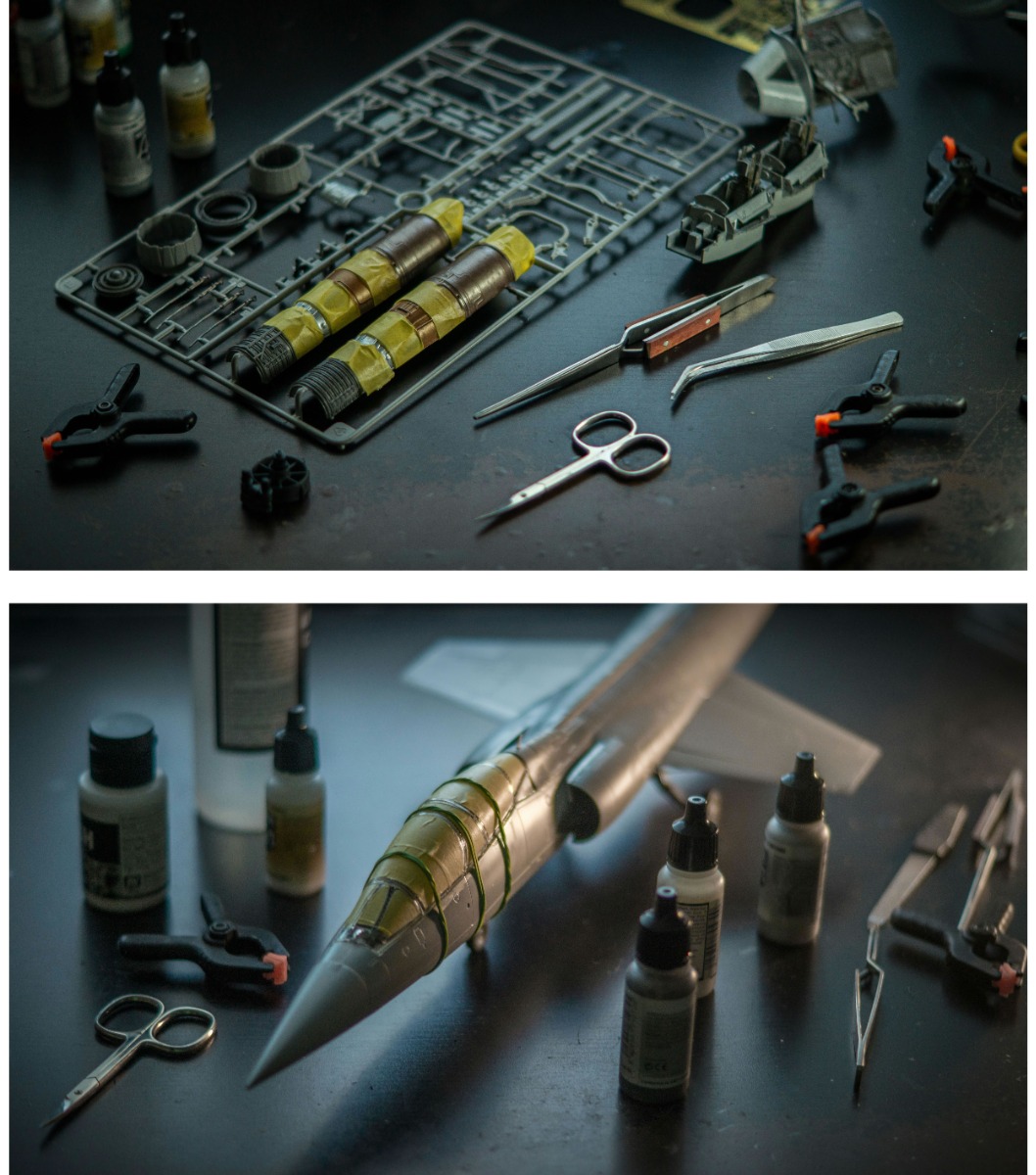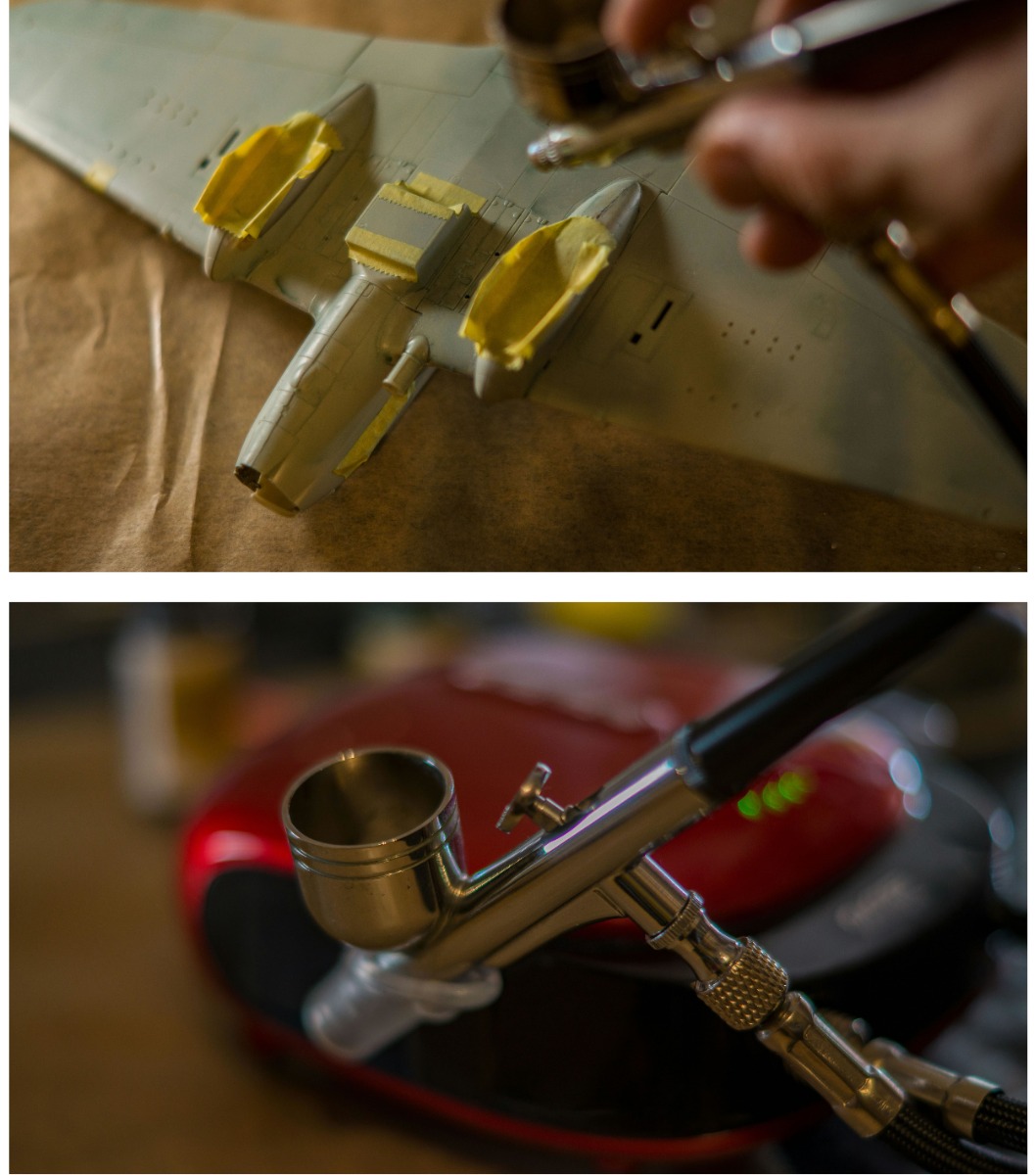Unimodel 1/72 PM-1/II Flame-Throwing Tank on "Hetzer" chassis # 482
The PM-1/II flame-throwing tank, built on the Hetzer (Jagdpanzer 38) chassis, was a specialized vehicle designed for close-range combat, particularly against infantry in fortified positions.
This modification was developed during World War II by converting the existing Hetzer tank destroyer into a flame-throwing vehicle, capitalizing on the Hetzer's compact design and low profile.
Key Characteristics:
Chassis: The PM-1/II was based on the Hetzer (Jagdpanzer 38), a small but effective tank destroyer known for its sloped armor and relatively low cost. The Hetzer's chassis provided a sturdy and mobile platform for the flame-thrower, while its compact size made it difficult to spot on the battlefield.
Flame-Thrower Armament: The main weapon of the PM-1/II was a flame projector, replacing the standard 7.5 cm PaK 39 L/48 anti-tank gun found on the Hetzer. The flame-thrower was capable of launching a jet of flaming fuel at ranges of up to 50 meters (164 feet), making it highly effective in clearing bunkers, trenches, and other defensive structures. The fuel for the flame-thrower was stored inside the tank, usually in a protected container to minimize the risk of explosions.
Secondary Armament: In addition to the flame-thrower, the vehicle retained its 7.92 mm MG34 machine gun, mounted in the hull for defense against infantry and light vehicles.
Armor: Like the standard Hetzer, the PM-1/II featured 60 mm of frontal armor, which was sloped to increase its effectiveness. The side and rear armor were thinner but still offered reasonable protection against small arms fire and shrapnel.
Mobility: The tank was powered by a Praga EPA AC engine, providing 160 horsepower, which gave the vehicle a top speed of around 42 km/h (26 mph). Despite being relatively light compared to larger tanks, the Hetzer chassis offered good mobility, allowing the flame-throwing variant to keep up with infantry and other vehicles during assaults.
Crew: The PM-1/II had a crew of four: a driver, a commander, a radio operator/machine gunner, and a flame-thrower operator.
Operational Role:
The PM-1/II flame-throwing tank was intended for use in urban warfare, assaults on fortified positions, and in close-quarters combat where its flame-thrower could be used to devastating effect. It was particularly useful in situations where infantry might otherwise struggle to clear out enemy strongpoints, such as bunkers or buildings. The psychological impact of flame weapons also made them a feared presence on the battlefield, often causing enemy troops to retreat.
Limitations:
The main drawbacks of the PM-1/II were its limited range of attack and the inherent danger posed by carrying large amounts of flammable fuel. If the vehicle was hit in combat, there was a significant risk of explosion, which made these vehicles vulnerable, especially in prolonged engagements. Additionally, the flame-thrower's relatively short range forced the vehicle to come dangerously close to enemy positions, where it could be targeted by anti-tank weapons.
Service History:
The PM-1/II was produced in limited numbers and used by German forces during the latter stages of World War II. As with many flame-throwing vehicles, its use was specialized and situational, often deployed in assaults on heavily fortified positions or during urban warfare, where its unique capabilities could be fully exploited.
In summary, the PM-1/II flame-throwing tank on the Hetzer chassis was a fearsome close-combat vehicle, built to overcome entrenched enemy positions with its flame weapon. While effective in its role, it was vulnerable due to the inherent dangers of carrying volatile fuel and the need to close in on enemy forces to deliver its attack.
Did you know we are the UK's largest GodHand Tools stockist and official UK distributor!
Check out their amazing Ultimate Nipper 5.0, which is the best Nipper on the market.
All Godhand tools are available for next-day delivery.





















 Spread the cost with Paypal Credit
Spread the cost with Paypal Credit
 Spread the cost with Klarna
Spread the cost with Klarna











